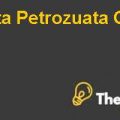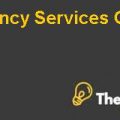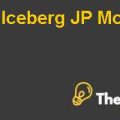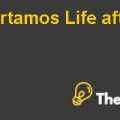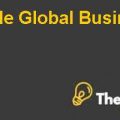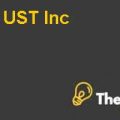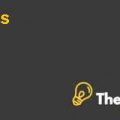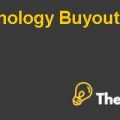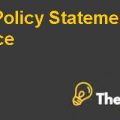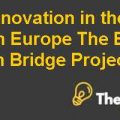Baker Adhesives Case Solution
Introduction
Baker Adhesives is a manufacturing organization, known for its expertise in adhesives and it is located in Newark. The main focus of the organization is to look over the various market with different properties of product demands rather than scaling the economy. At the current time, the organization faces high competition from the market and for the first time, Baker enters a foreign market with an order of (1210) gallons from the toy manufacturing company. The payment and receivables that come from the order are decided to come after three months. At this time organization decide to implement the best options that generate higher profit for this organization suggesting a few options for the investment.
Analysis
After analyzing and examining the case of Baker Adhesives presents that the organization faced difficulties to select the best option or alternative to using for future payments coming from the Novo orders. To identify the best option and understand the benefits of each option there is a need to commute the expected cash flows of each option to get the present value of expected cash flows for each alternative.
Expected Cash Flows for Each Alternative
No Hedge
For the calculation of no hedge cash flows used the original bill in (BRL) about (109,081.5) and then convert the bill into total revenue in (BRL) by multiplying with (1.5) to get new order revenue about (163,622.3). The exchange rate for this alternative is taken from Exhibit 2 in exchange rates for real forecast bid year 2006, Sep 5 about (0.4234). Now multiply the new order revenue by exchange rates to get new orders revenue in USD about ($69,277.66).
Now the last step for the calculation of present value uses the discount rate to discount the value. The discount rate is taken from the case (pg. 4) in which monthly rates are about 8.52% use these rates and convert them into monthly to get each month implies and then make these rates for 3 months, which is about (2.1452%) discount rate for investment. Now divides the 1 plus discount rate from new orders revenues in USD to get the present value of expected cash flow of about ($67,822.75).
Hedge in the Forward Market
Now move towards the second alternative in which the original bill and total revenue in (BRL) remain the same but the exchange rate for this alternative is taken from the case (pg. 4) under the exchange rate of USD/BRL about (0.4227). Now again multiply the new order revenue by exchange rates to get new order revenue in USD about ($69,163.13). The overall discount rate for this option is still the same and calculated by using the same method. The present value of expected cash flow is calculated by dividing new order revenue in USD by 1 plus the discount rate to get the present value of about ($67,710.62).
Hedge in the Money Markets
Now the last given option from the case is to hedge in the money market to calculate the present value of this alternative again using the same bill and new order revenues in (BRL). The money market option first considers discounting the values in the original position. The discount rate for this option is also provided in the case (pg. 4) about (6.5%) on a three-month-based loan.
Use this discount rate to calculate the total amount borrowed at the beginning by dividing (1+ discount rate) from new order revenue in (BRL) to get the actual beginning borrowed amount of about (153,635.9 BRL). Now use this amount and multiply it with the exchange rate from Exhibit 2 under the exchange rate for the bid in real about (0.4368). After multiplying the values the present value for expected cash flows in USD is about ($67,108.18).
Put Option
Moving towards the other added options for the investment in which there is a need to compute the cash flows for Put Option 1 with a strike of 0.4 and premium of 0.0227, need to determine the maximum payout and the premium cost in USD. The maximum payout is calculated by subtracting the spot price (0.3779) from the given strike price and then multiplying it by the contract size (100,000).
This is the standard contract size based on the exchange rate and market of the USD. The max payout is about (2210), now calculate the premium cost in USD by multiplying premium, contract size, and exchange rate from Exhibit 2 about (0.4243) to get (961.18) premium cost USD. The cash flow for put option 1 is subtracted premium cost from the max payout to get a value of about (1248.882). The discount rate is about (19.47%), given from the interbank change rates in the BRL current year that use to get the present value of about (804.48). Now the results indicate that the max payout is positive which means that the option is in-the-money and will be exercised..........
This is just a sample partial case solution. Please place the order on the website to order your own originally done case solution.

